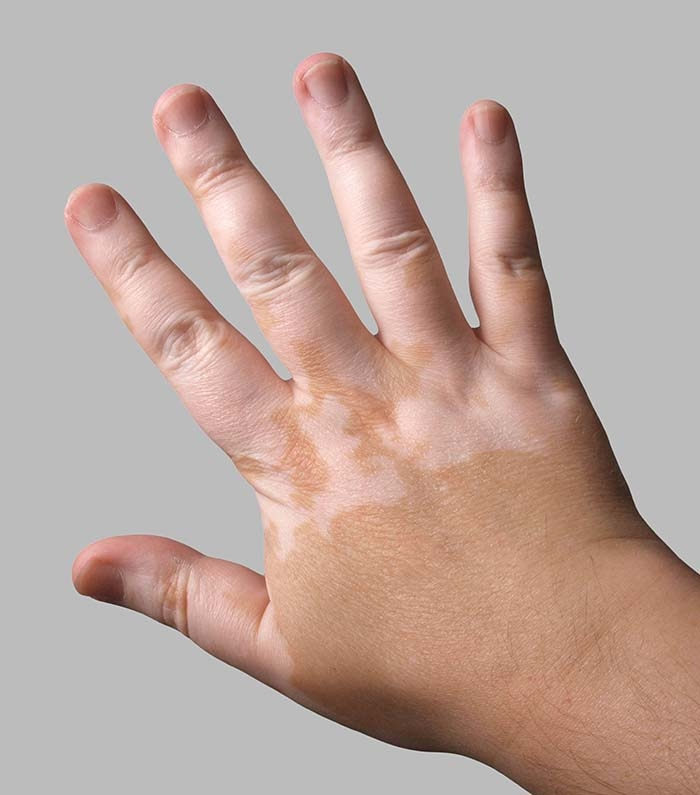Introduction: Understanding Vitiligo
Vitiligo is a condition where the skin loses its color in patches. It can affect anyone, regardless of age or skin color, and impacts people worldwide. The unpredictability of vitiligo often leads to misunderstanding and stigma. Myths about vitiligo create unnecessary barriers and discomfort for those affected. Our goal is to debunk ten common myths surrounding vitiligo and shed light on the facts. Let’s help break down these myths, so there’s more empathy and factual understanding of this skin condition. Correct information empowers everyone to create an inclusive atmosphere.
Myth 1: Only Affects People with Darker Skin
Vitiligo does not discriminate by skin color. It affects all people equally, regardless of racial backgrounds. On darker skin, the white patches might be more noticeable, which could explain the common misconception. However, the percentage of those affected remains consistent across different skin tones. About 1% of the world’s population lives with vitiligo, showcasing its global presence. The focus should always be on support, not stereotypes.
Myth 2: Vitiligo is Contagious
Rest assured, vitiligo is not contagious. It cannot spread from person to person through contact. The real causes behind vitiligo are genetic factors, issues with the immune system, and possibly environmental triggers. Remember, it’s perfectly safe to interact and maintain social connections with those who have vitiligo. Dispelling such myths helps reduce unnecessary fears in communities.
Myth 3: Poor Hygiene or Lifestyle is to Blame
There is no link between vitiligo and personal hygiene. The condition is purely based on melanocytes—the cells that create pigment—losing function due to immune system attacks. Poor lifestyle choices do not cause vitiligo either. It’s crucial to break free from blaming personal habits or cleanliness when discussing this condition.
Myth 4: Dietary Choices Can Trigger or Affect Vitiligo
No scientific evidence directly links any foods or food combinations to vitiligo. Maintaining general skin health through a balanced diet can be beneficial for overall well-being, but fixing or limiting certain foods will not cure or prevent vitiligo. Embracing a healthy diet supports overall health, though not specifically vitiligo.
Myth 5: Only Adults Can Develop Vitiligo
Vitiligo can present itself at any age. It’s a condition that does not discriminate based on an individual’s age. There are numerous cases of children presenting with vitiligo too. About half of those affected see the first spots appear before they reach 20. Understanding this can help prepare families and reduce the shock if it’s diagnosed early.
Myth 6: Vitiligo is Solely a Skin Condition
Vitiligo extends beyond just the skin. It affects hair pigments, leading to white or gray hair, and even impacts the eyes and inner edges of the nose. Known as poliosis, depigmented hairs can occur on the scalp and other hair-bearing areas. While these changes are not severe, they ripple across various body parts, illustrating it’s more than just a skin-deep concern.
Myth 7: It’s Untreatable and Incurable
There are treatments available to manage vitiligo and help restore some color to the skin. Options include topical medications, light therapy, and new therapies in development thanks to ongoing research. Though a cure may not yet be available, these treatments offer hope and effective management, challenging the idea that nothing can be done to help those with vitiligo.
Myth 8: Vitiligo Inevitably Spreads All Over the Body
Not everyone with vitiligo will experience widespread skin discoloration. It often presents in different patterns. Some may only show limited spread, while others might see it extend more broadly. Segmental vitiligo has a different progression compared to non-segmental types, showing the variability among individuals. The disease course varies from person to person.
Myth 9: It’s Always Associated with Autoimmune Disorders
While there can be a connection between vitiligo and certain autoimmune conditions, it isn’t a certainty. Not all with vitiligo also develop another autoimmune disorder. Conditions that may sometimes coexist include thyroid disease and type 1 diabetes, but they are not universally experienced. It’s essential to understand the risk rather than assume certainty.
Myth 10: All Affected Individuals Experience Psychological Distress
While some individuals face stress and emotional struggles due to vitiligo, not everyone experiences this. People have diverse reactions, with some accepting their condition without distress. Community support, positive reinforcement, and empowerment can help those who do face emotional challenges. Encouraging open conversations is vital.
Conclusion: Promoting Empathy and Understanding
Spreading accurate information helps fight misinformation. Promoting a society where those with vitiligo feel accepted and understood is crucial. Let’s commit to sharing knowledge that fosters empathy and inclusion. By actively engaging in factual discourse, we contribute to a more understanding and supportive world for everyone.

